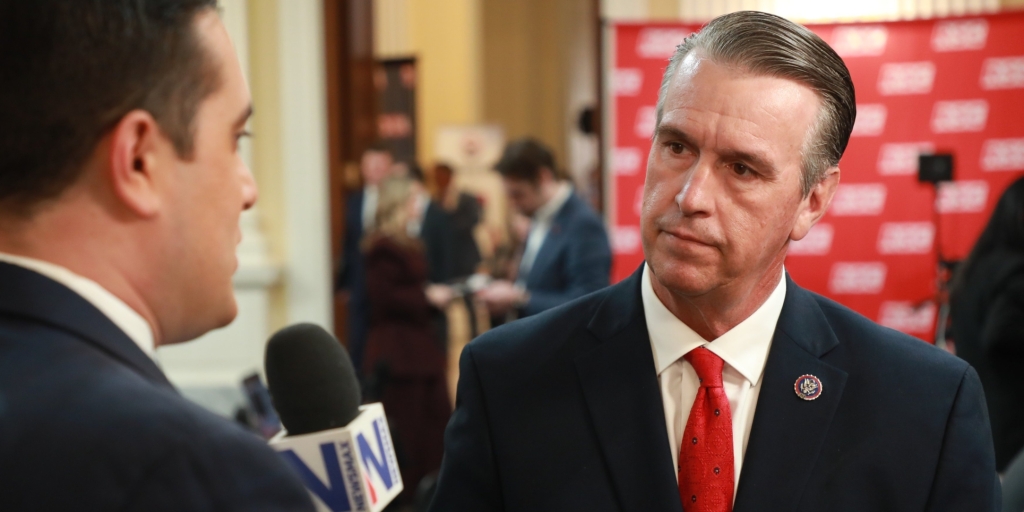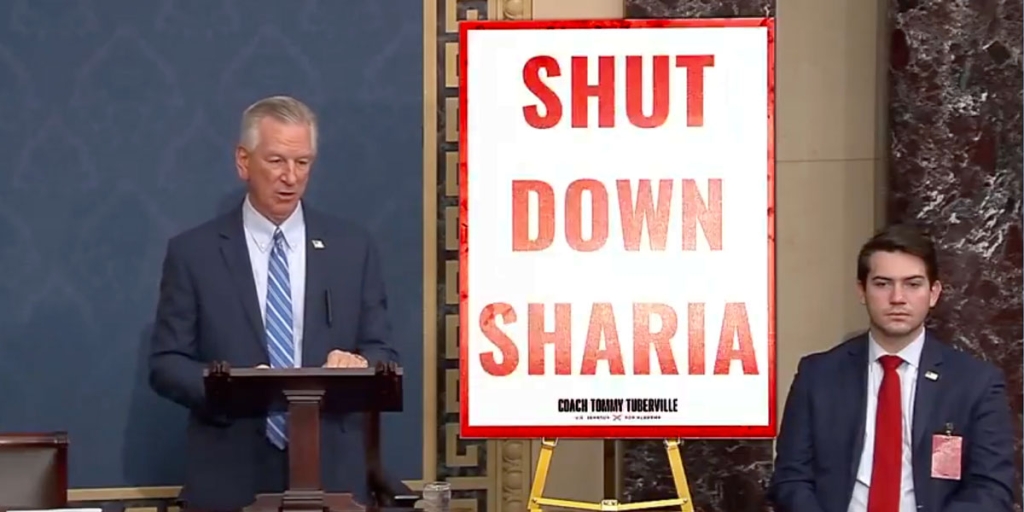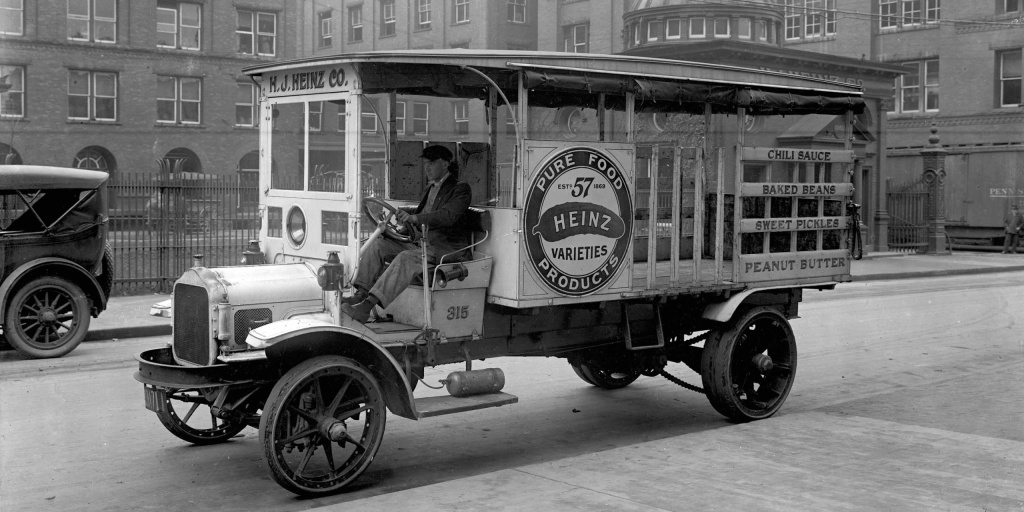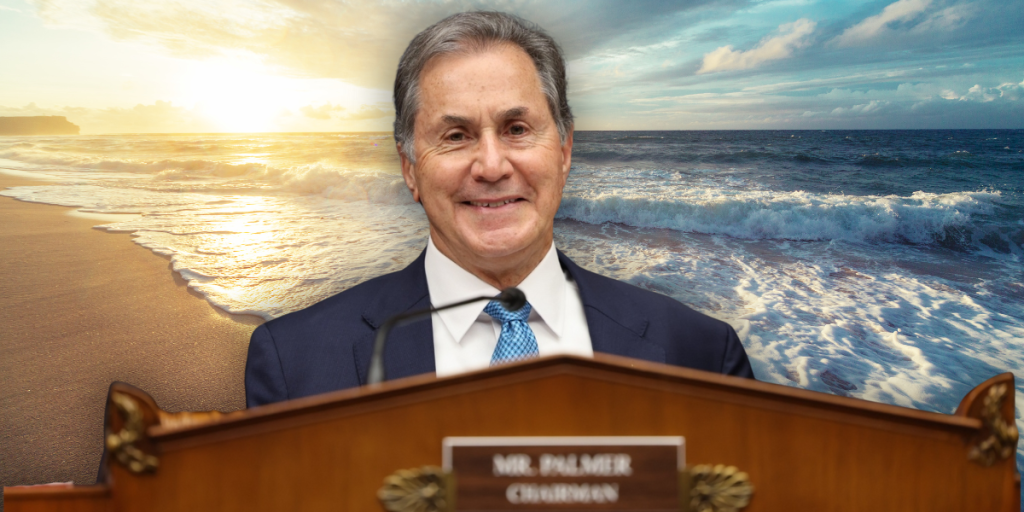Mary’s hospital might close.
Mary is a mother in rural Alabama who faced a difficult pregnancy and gave birth prematurely to a fragile baby. Her local hospital, the only one with an obstetrics ward in her county, was where her child received lifesaving care. For Mary, that hospital isn’t just a building; it’s the reason her baby survived.
Across Alabama, more than 1.6 million people live in rural counties where hospitals and clinics face financial and staffing pressures that threaten access to essential services. For families like Mary’s, rural health reform doesn’t succeed when it is announced; it only succeeds when it endures.
In earlier columns, I explored transparency, which helps communities see clearly the challenges they face, and accountability, which ensures commitments turn into results. Now comes the test of sustainability: the capacity to make progress last. Together, transparency, accountability, and sustainability form the heartbeat that keeps rural health reform alive.
For Mary, transparency meant learning the truth about her hospital’s finances and staffing. Accountability meant watching whether promises to keep emergency services open were kept. Now, sustainability means knowing that care will still be there next year, and the year after that, no matter who holds office.
The Alabama Rural Health Transformation Program, developed by state and healthcare leaders, outlines how sustainability can work in practice. Though I was not part of its design, it shows how Alabama can take a thoughtful and interconnected approach to protecting care where it’s needed most.
Keeping hospitals and clinics open means paying close attention to what helps communities keep the clinicians they need. When doctors and nurses stay, patients receive consistent care that builds trust, and that trust encourages more providers to come home. Payment models that recognize new ways of delivering care, like telehealth and prevention, help hospitals and clinics maintain the steady revenues they need to plan for the future.
And when communities have a real voice in decisions about how to share services and resources, cooperation grows stronger. It helps everyone work together toward common goals.
Rural hospitals and clinics operate with thin margins and limited staff. Maintaining full-time specialists or around-the-clock coverage isn’t always realistic. Sustainability isn’t just planning. It’s patience, practice, and grit. It means deciding what must remain local, what can be shared, and how those decisions are made with community trust and local leadership at the center.
Local control and community input are essential. Collaboration among payers, hospital boards, local officials, and residents must be grounded in shared needs and mutual respect, not top-down mandates. Mary knows this, too. Her hospital’s staffing shortages force difficult choices, and she sees why local input matters. Sustainability depends not only on financial plans but on people’s sense that their voices shape what lasts.
Maternal health, behavioral health, and chronic disease management operate within a common set of interdependent factors. Broadband, transportation, and childcare shape whether care can actually reach the people who need it. When broadband arrived in Mary’s county, telehealth followed. Yet families without childcare or transportation still struggled to access services. Progress endures only when the conditions required to use it endure as well.
Technology only improves care when it works as it should. Telehealth and shared records can expand access, but only if broadband is strong and staff know how to use them. Local workers guiding patients through these tools make high-tech solutions human.
Recruiting clinicians matters; retaining them matters more. People stay when workloads are fair, schools are strong, and communities feel welcoming. That’s the Alabama way: steady, practical, and proud. For Mary, sustainability means seeing the same doctor year after year, a sign that the community sustains its caregivers, too.
Financial sustainability requires payment models that match how care is delivered today. Coordination, prevention, and telehealth should be valued alongside traditional visits. Transitional funding and multi-year budgeting prevent backsliding beyond temporary funding or legislative cycles. Stable, market-informed reimbursement lets hospitals and clinics plan, invest, and remain open through change. And that stability, in turn, gives local employers and families confidence that essential services will remain in reach. Private payers and local employers have a stake in keeping care within reach: healthy workers mean stronger communities.
Even the best plans falter if reimbursement ignores how care is actually delivered. Policymakers should continue exploring ways to reduce uncompensated care and strengthen payer stability, both public and private.
Rural and urban health systems depend on each other. Tertiary hospitals rely on rural networks for timely referrals, and rural providers rely on urban partners for specialty care. Sustaining both sides strengthens the state’s capacity for emergencies, training, and equitable access.
For families in places like Pickens County, the closure of a hospital is not failure; it’s a signal that we must do better at sustaining what remains. Not every hospital can stay open as it is today, but every community deserves a sustainable path to care. Clinics still serve patients but longer drives and fewer local options test resilience. Planning and investment must anticipate these realities before the next closure comes.
Rural healthcare is inseparable from economic life. Declining populations, aging residents, and workforce shortages make sustainability a community issue. Strong schools, reliable transportation, and local businesses attract providers and hold communities together. Investing in prevention, maternal health, and behavioral health care saves costs later and strengthens trust now. True sustainability includes everyone and reduces the disparities that too often fall along lines of geography, income, and race.
Before crises emerge, leaders should keep asking:
- How will telehealth be reimbursed on par with in-person care?
- What supports help emergency teams treat patients where they are?
- Where are trained clinicians actually serving?
- How can rural hospitals and clinics share services while preserving local decision-making and accountability?
- What tools, from public dashboards to interoperable records, will help leaders adjust without disrupting care?
Sustainable systems learn from their own feedback; they adjust without losing balance. It grows when workforce, technology, financing, and community commitment reinforce one another. It falters when those parts drift apart. For Mary, sustainability means confidence that the care that saved her baby will still be there tomorrow.
Some choices will be unpopular. But thoughtful and inclusive restructuring, guided by community priorities and respect for local leadership, protects communities better than delay. Every family deserves dependable care, and every leader shares responsibility for keeping it within reach.
Even the best plans cannot outlast short political cycles or temporary budgets. Stability takes patience, trust, and steady hands. Sustainability is a promise we make to one another; a promise that when the lights are needed most, they will still be on. That’s how Alabama sustains not just its hospitals and clinics, but its hope.
David L. Albright, PhD, is a University Distinguished Professor at The University of Alabama, a board member of the DCH Healthcare Authority, and immediate past president of the Alabama Rural Health Association. The views expressed here are his own and do not necessarily reflect those of his institution or any affiliated organizations.













